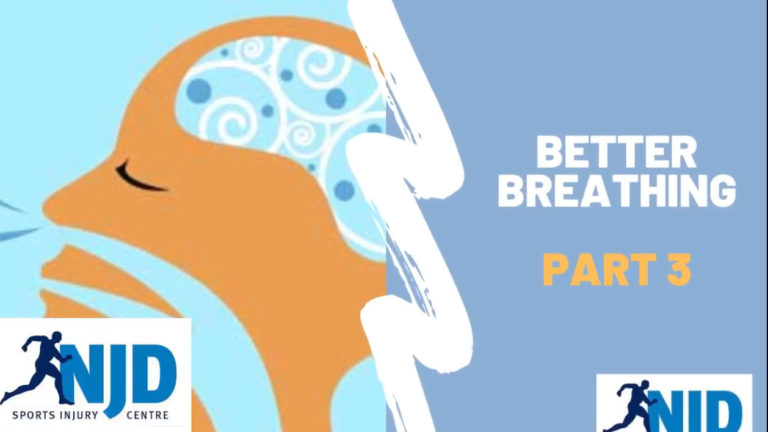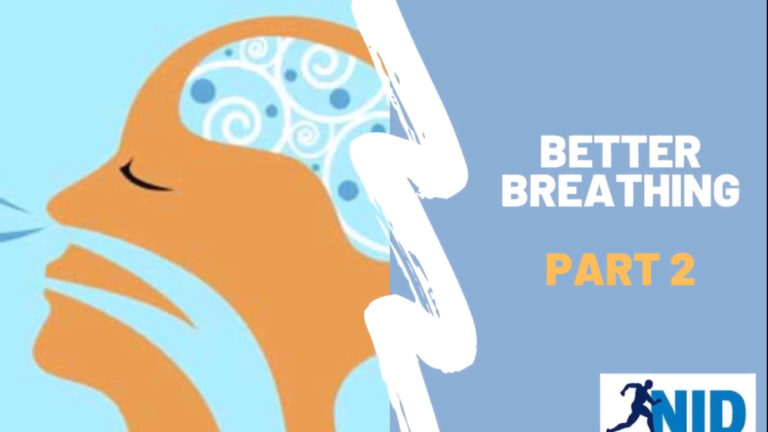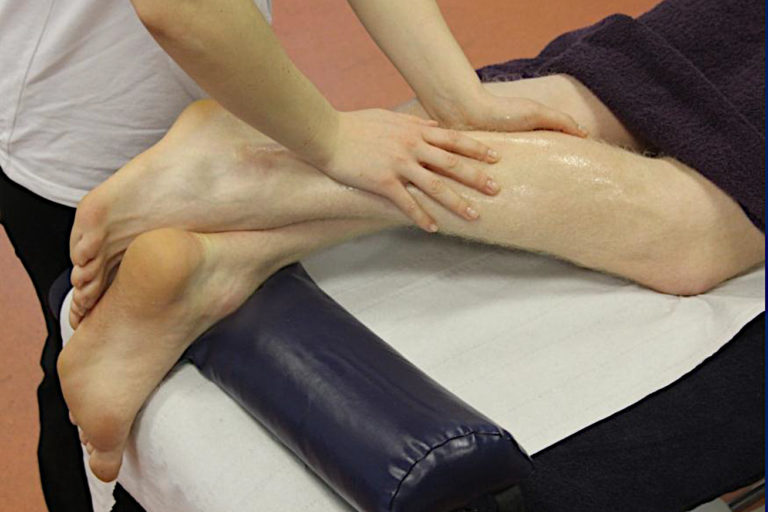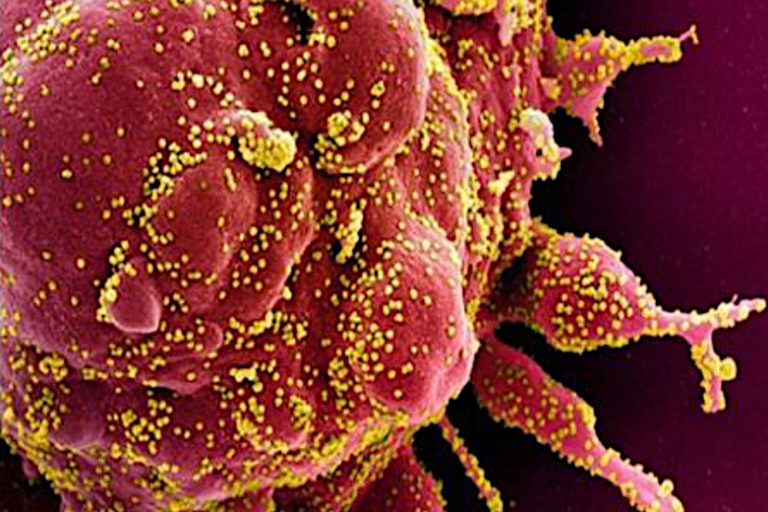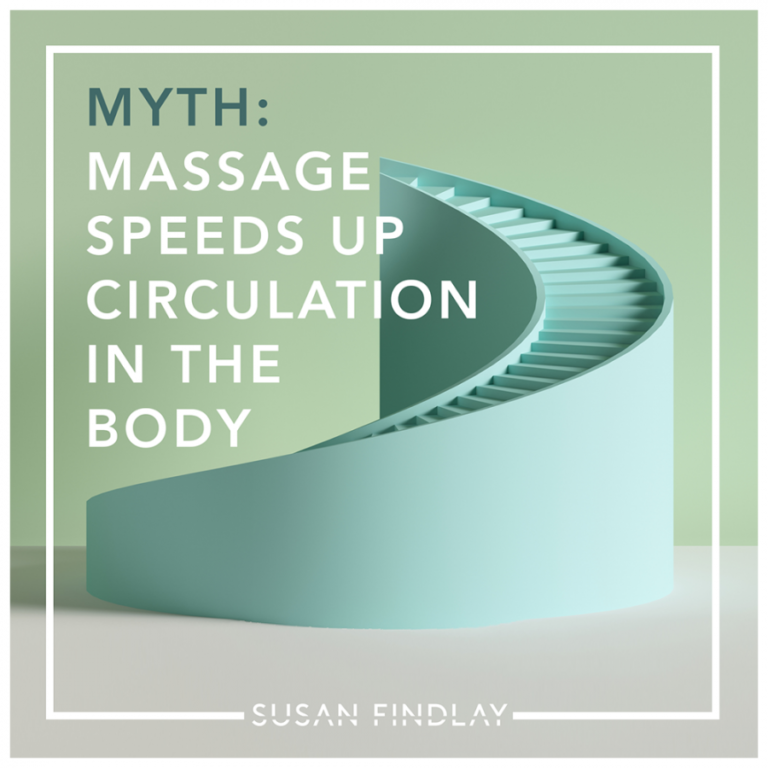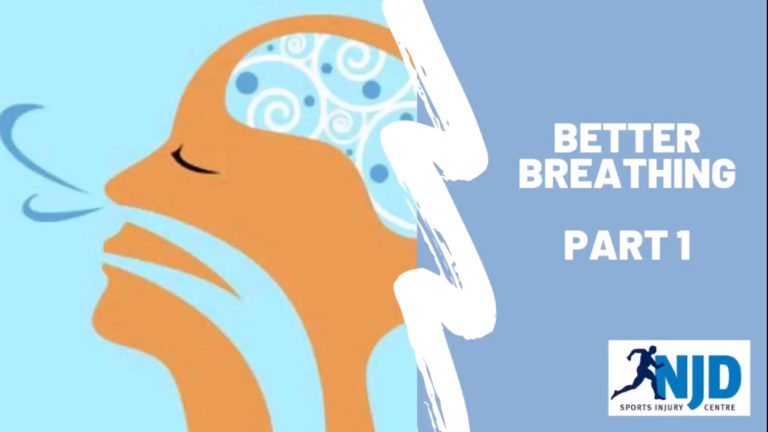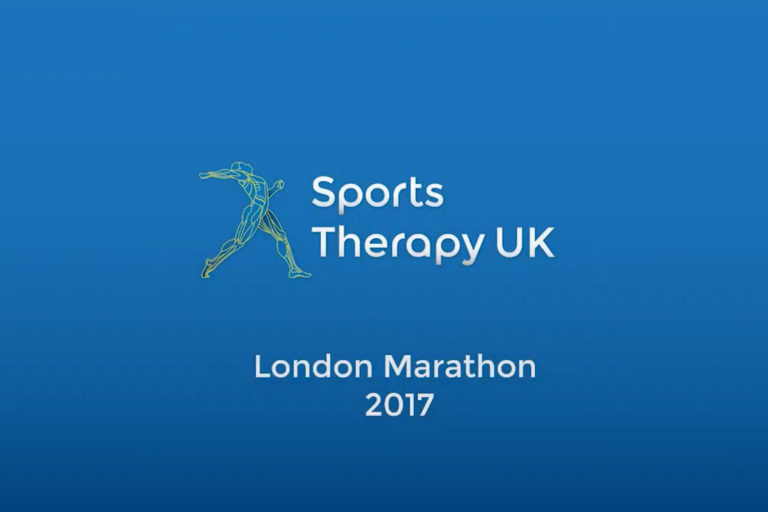What is Biotensegrity
Recently the BIG XI conference in Belgium has taken place and I was fortunate enough to be one of the invited guests and as it was an invite only conference, I hope to be able to pass on information to many of you as to what biotensegrity is and the importance of it for our…

